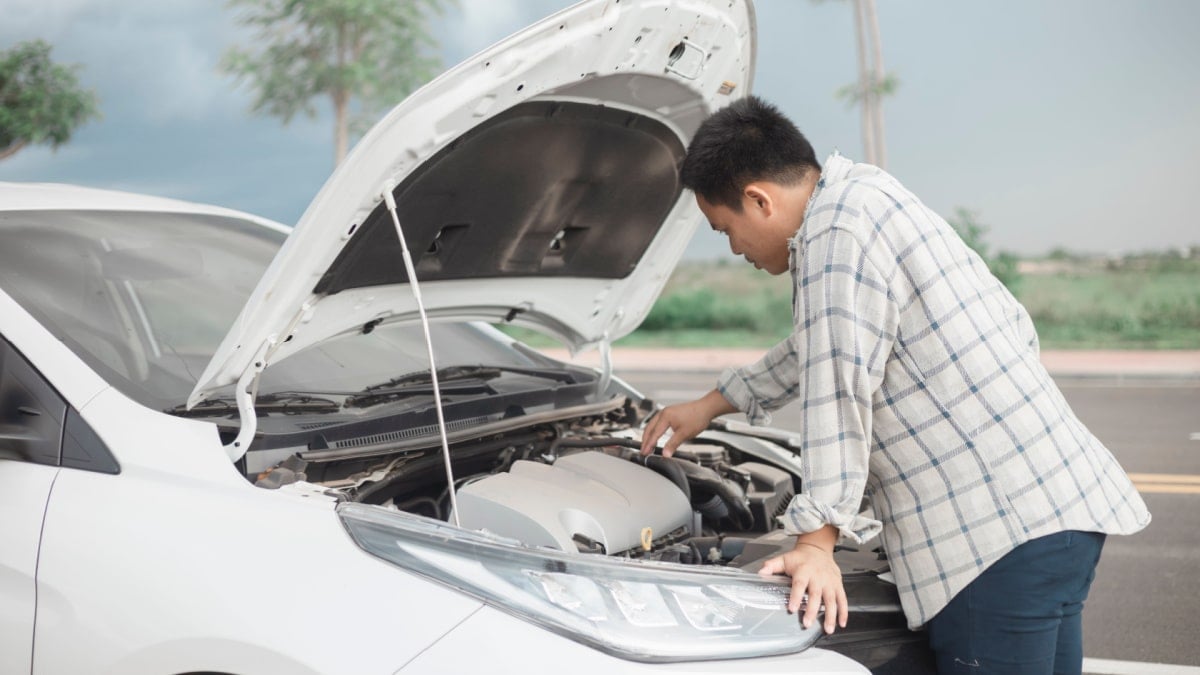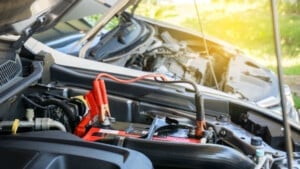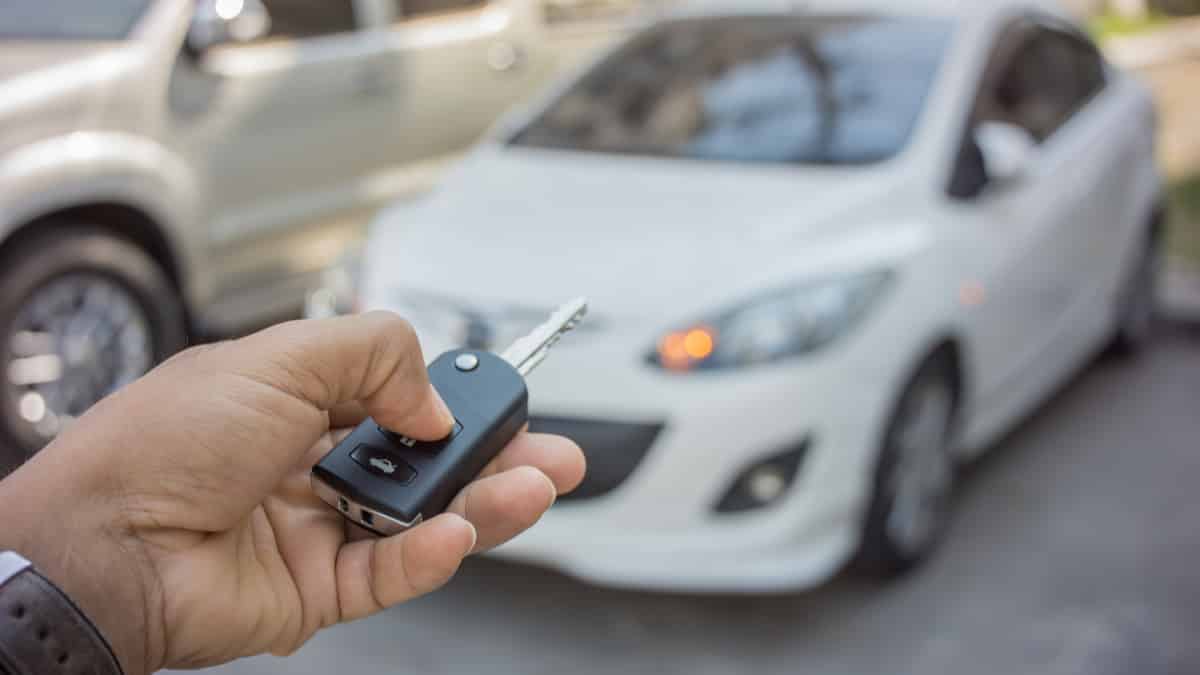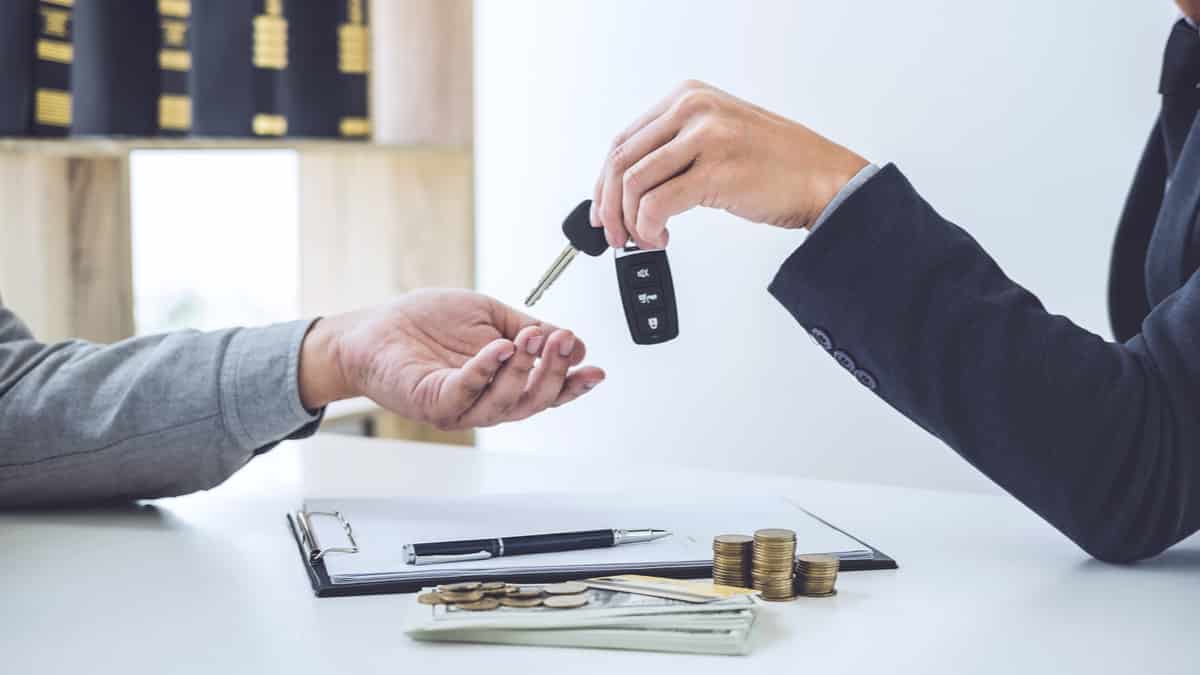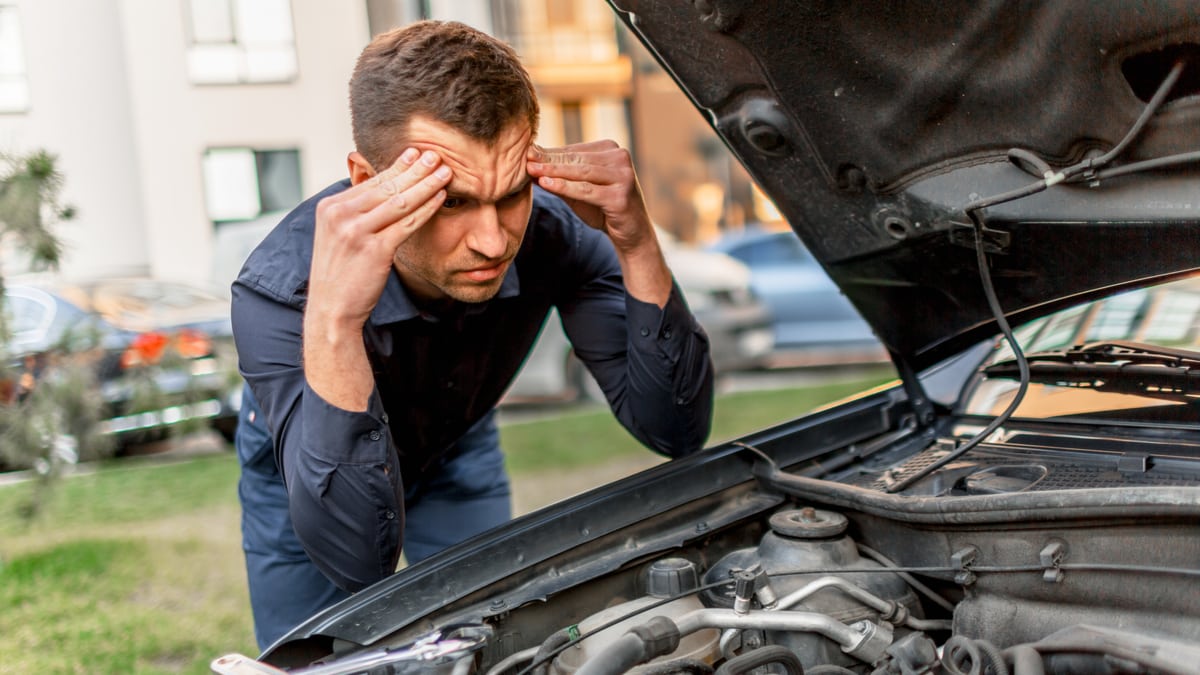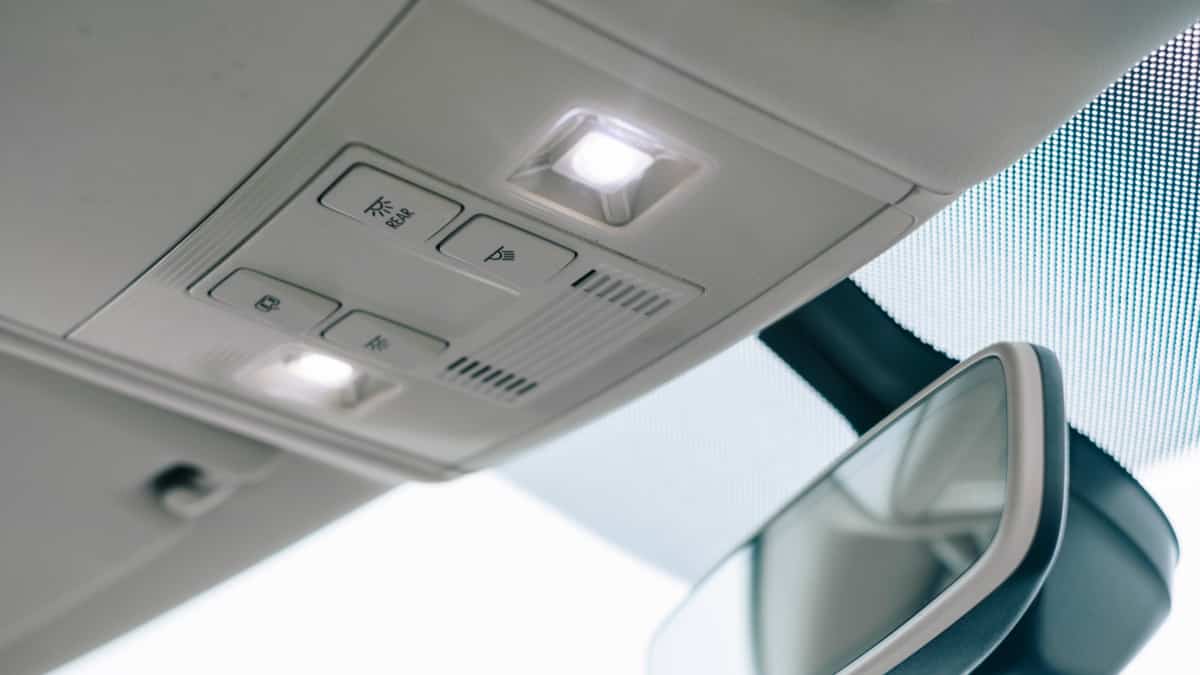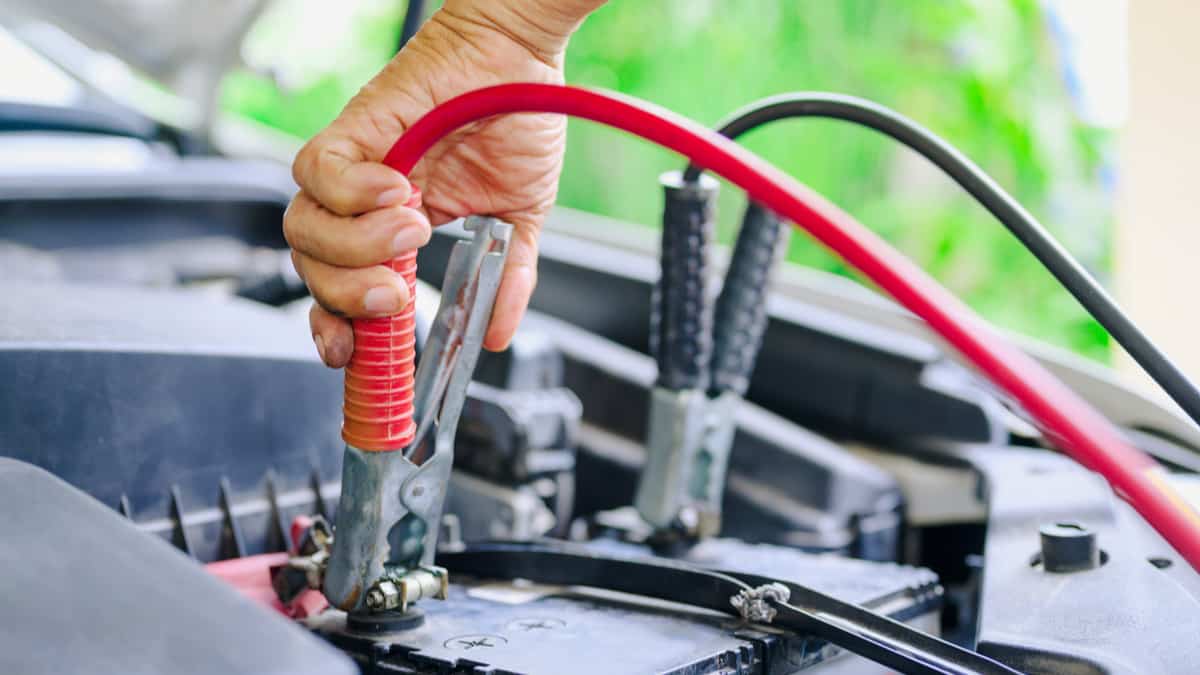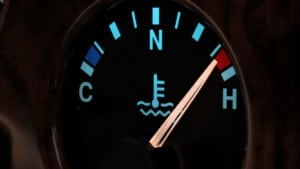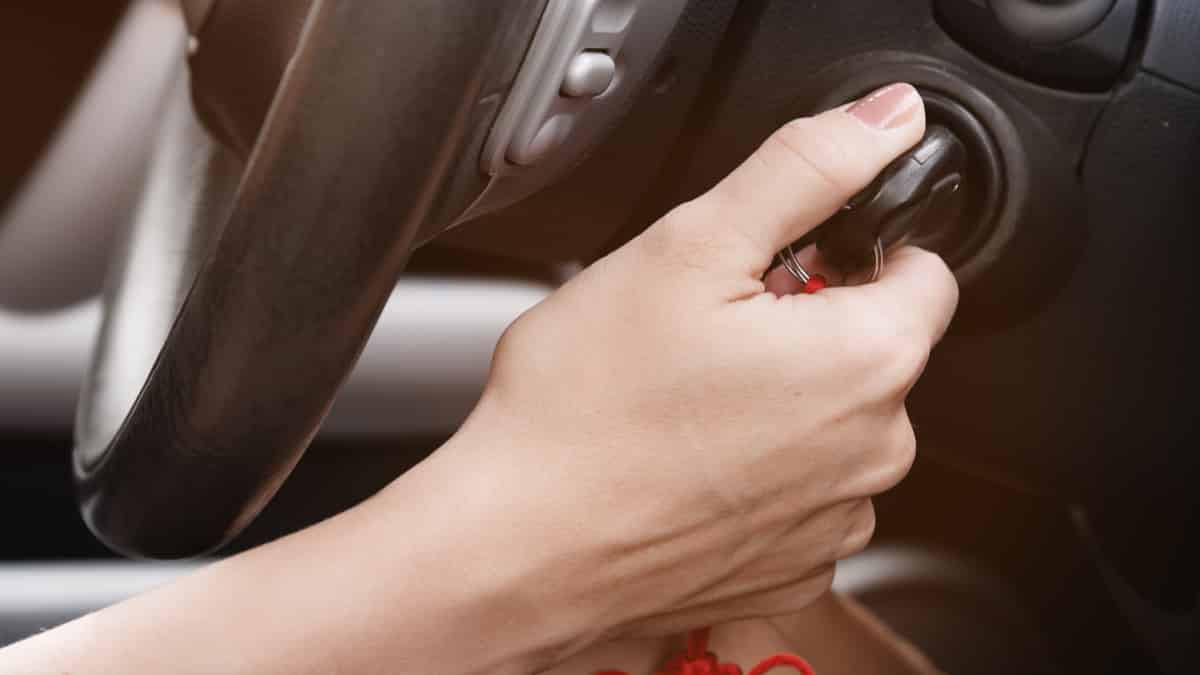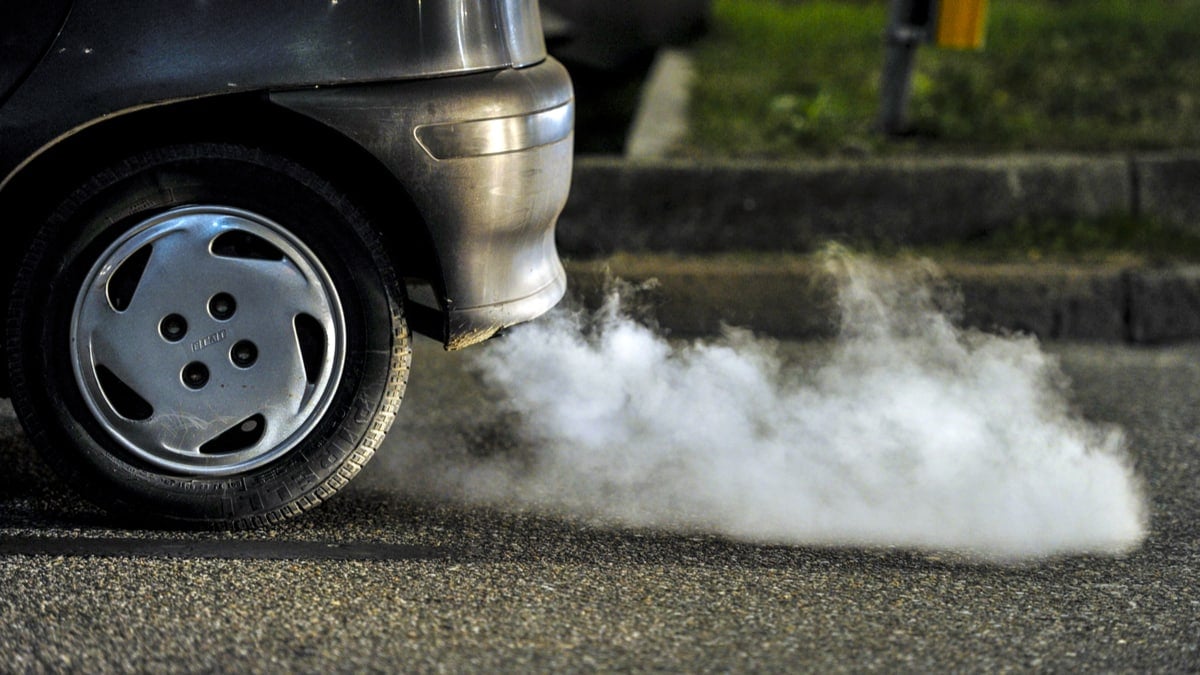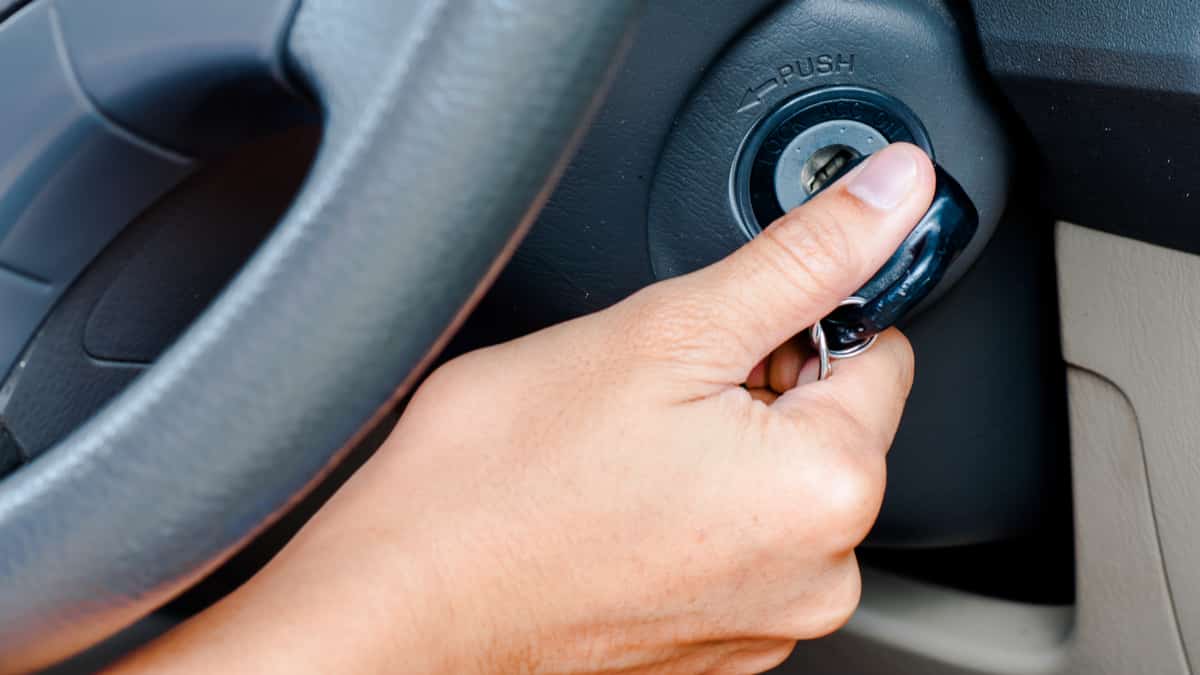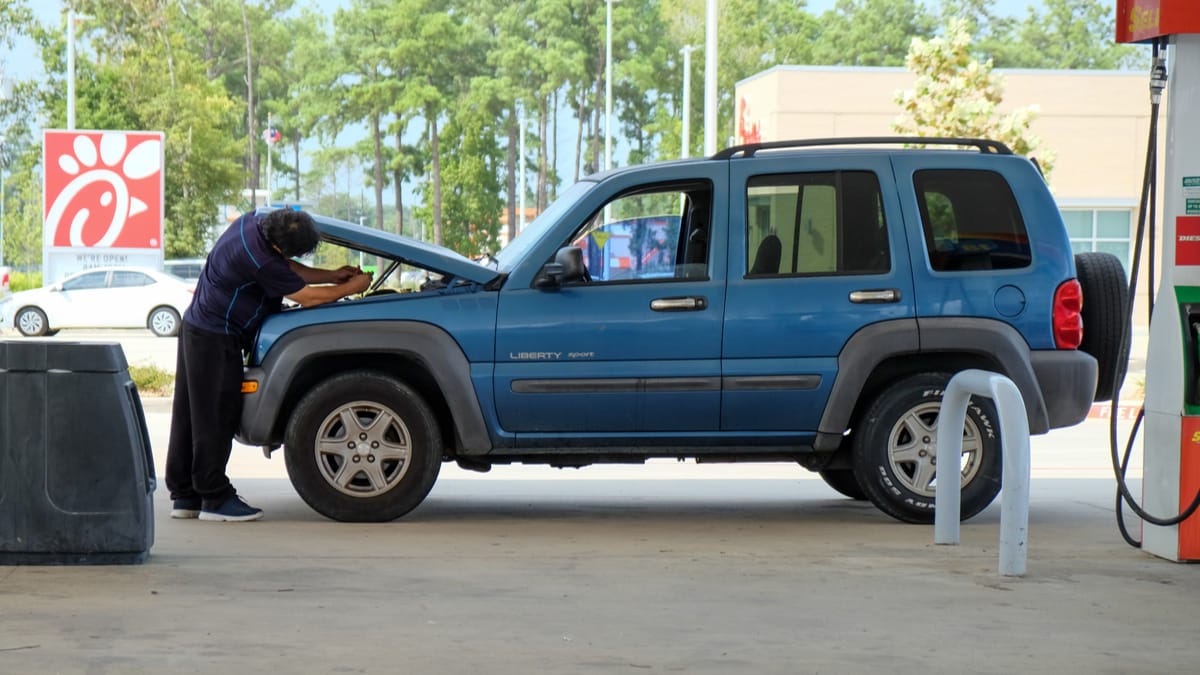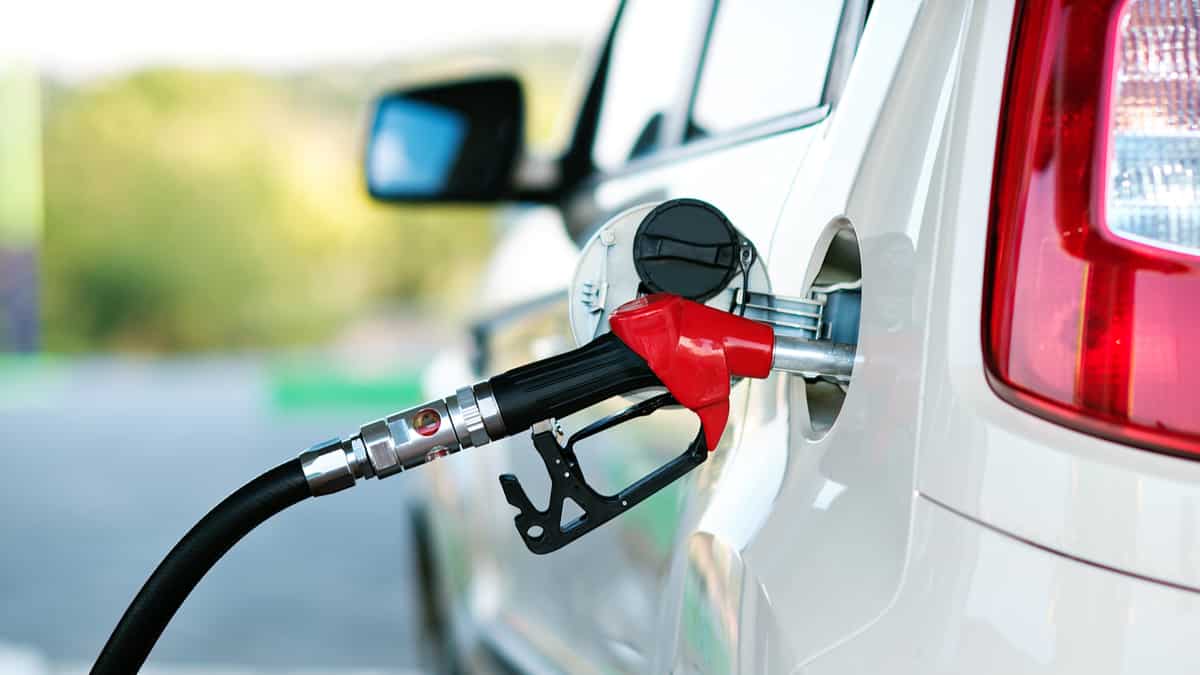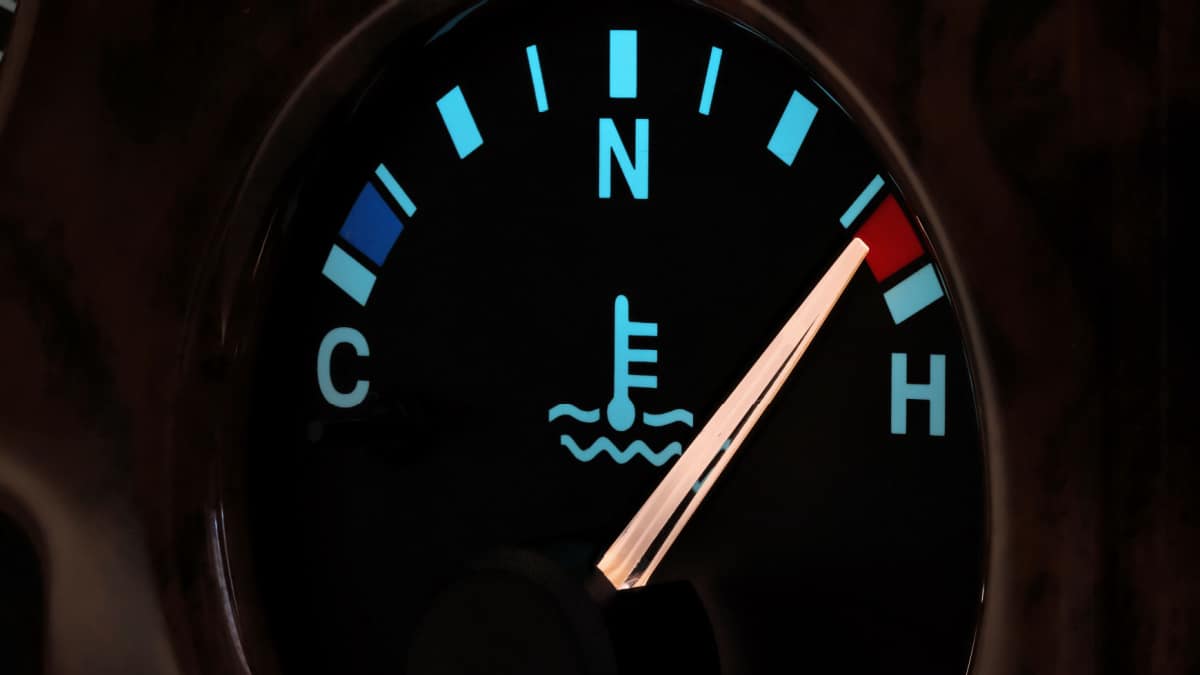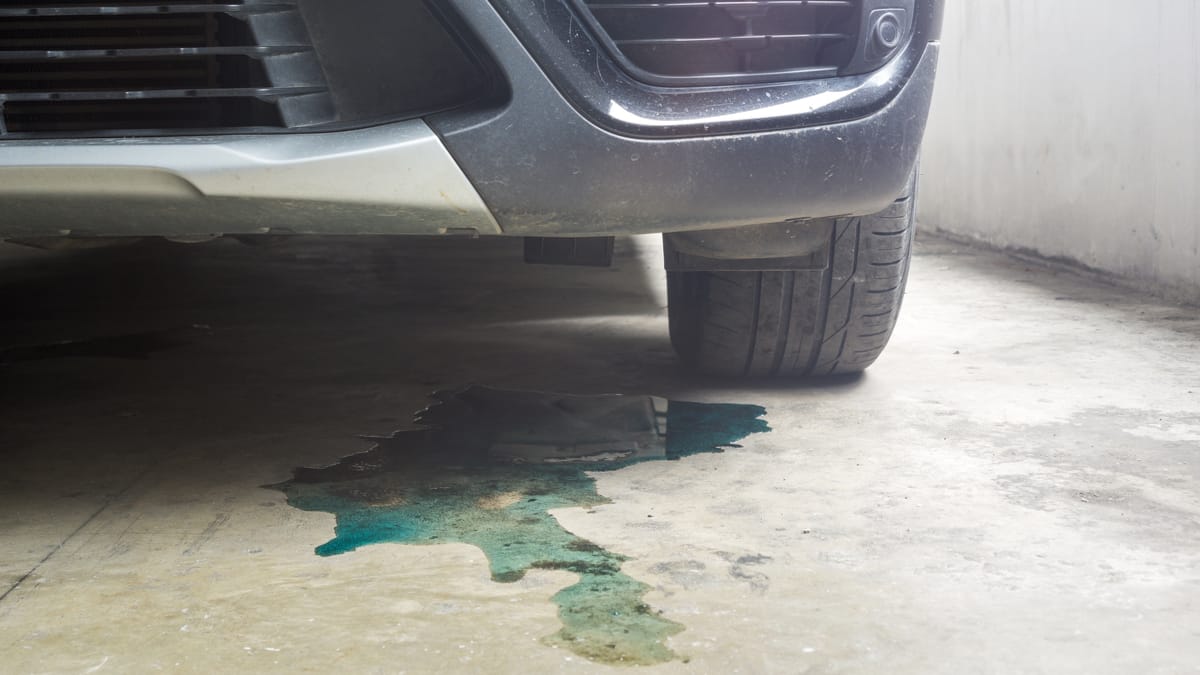When you head out on the road, the last thing you expect to deal with is a car that won’t keep running. Yet, any number of mechanical failures can cause this situation, sometimes without any notice. Figuring out the reasons your car won’t stay running can help you fix the problem for smoother travel.
In this guide, we cover the top reasons you may be having trouble getting the car running. We also take these possibilities and show you the appropriate fixes for each. At the end of our guide, you will find an area to have your questions answered so there’s no more confusion.
Reasons Why Your Car Won’t Stay Running
It’s possible that the car is suffering from a lack of fuel, either because the tank is near empty or because of a failure. It could also be due to an immobilizer issue, ignition problems or a vacuum leak. Otherwise, consider that it’s due to low-quality fuel, a throttle body error or an IAC malfunction.
Let’s have a look through this list to determine what’s causing your problem.
1. Lack Of Fuel
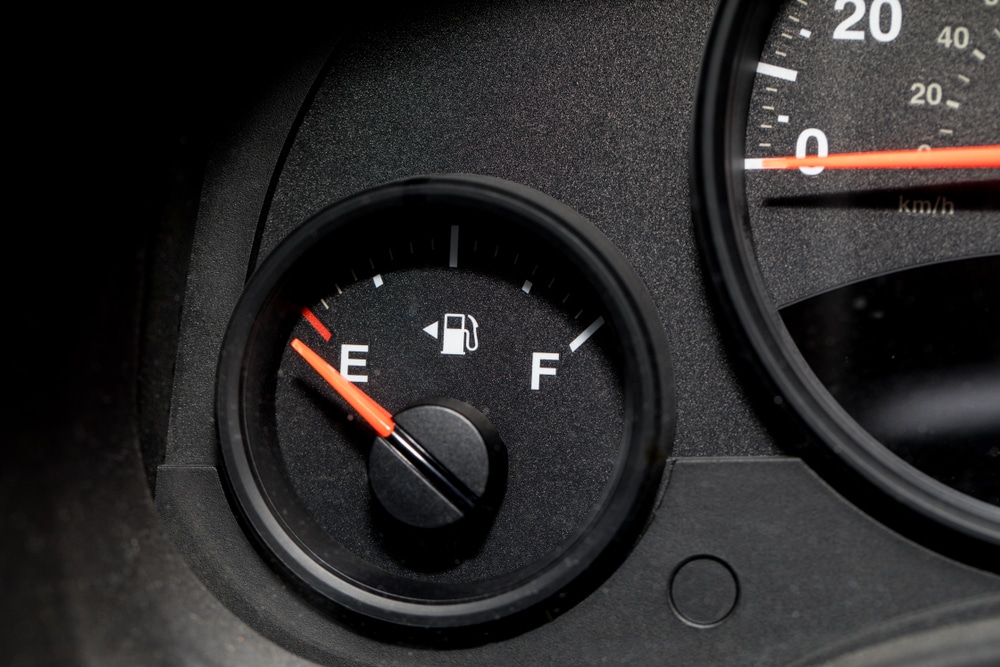
While it might seem too obvious, are you sure your vehicle isn’t running out of fuel? If the gas gauge is low and your car is sputtering around turns, it could just be that it’s time to fill up.
Otherwise, there could be a lack of fuel getting to the rail. Enough might be there to start the car, but not enough to keep it going. This problem is due to a clog or lack of fuel pressure.
2. Immobilizer Issue
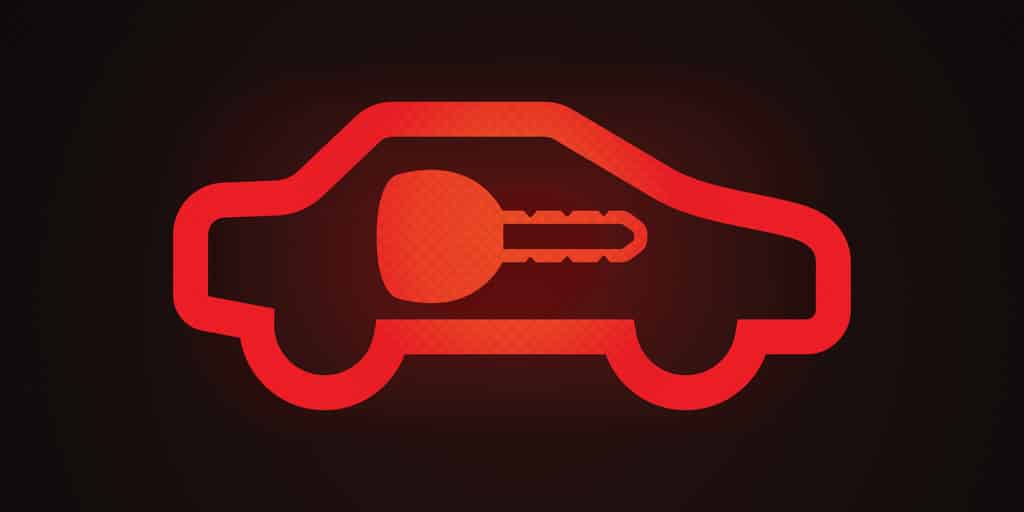
Today’s cars are equipped with anti-theft systems and immobilizers. While these are great to have, the system can malfunction, causing a lot of trouble. If the immobilizer is active, no power will be sent to the fuel pump, which keeps pressure from building up on the rail.
Maybe you will be able to get the car started, but it’s not going to keep running. Thankfully, the problem isn’t complicated to fix. Just read our solutions below.
RELATED: 5 Signs Of A Bad Immobilizer or Transponder Key
3. Ignition Issues
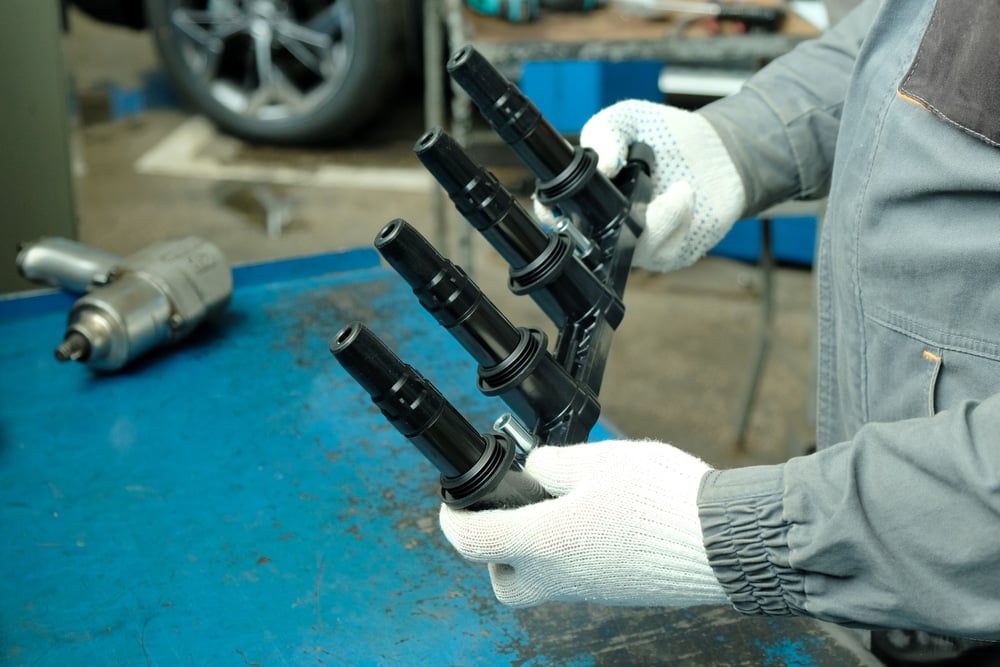
Your car’s ignition system ensures that a spark ignites the air-fuel mixture in each cylinder. It’s the start of proper engine combustion. When there’s a fault in the system, there are a few parts you want to look at.
You could have fouled out plugs or the coils could be damaged. All ignition problems can lead to trouble starting the car and may prevent it from running normally. If you are able to start the car, it’s best not to run it this way. You could cause more damage to expensive components, such as the catalytic converter.
4. Vacuum Leak
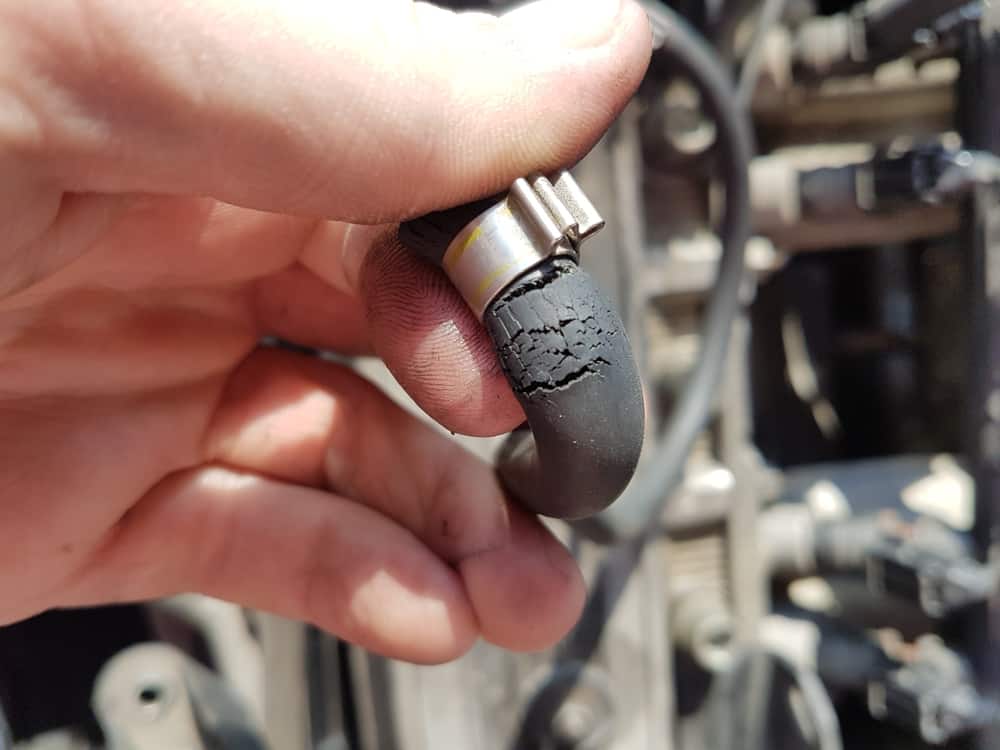
A vacuum leak occurs when the intake system allows air to enter the engine unmetered. This leak occurs after the mass air flow (MAF) sensor.
With this leak, the air-fuel ratio isn’t correct, so the engine won’t run normally, if at all. If the engine does run, it may shake violently, always providing a threat of stalling. However, a minor leak may not cause any major problems, so they can be difficult to diagnose.
5. Throttle Body or IAC Malfunction
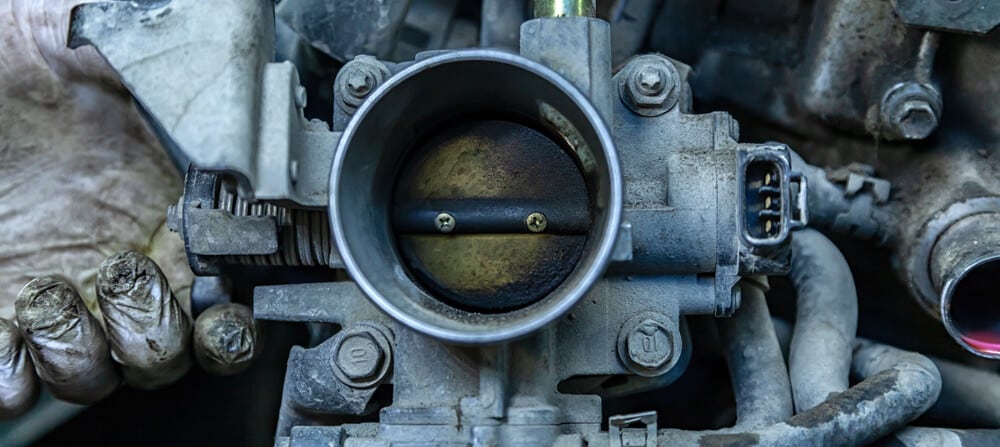
A car’s throttle body contains a butterfly valve that alters how much air enters the engine. With fuel injection, the throttle position sensor and the air-flow sensor must communicate to ensure a proper amount of gasoline enters the combustion chamber.
There’s also an Idle Air Control (IAC) valve and Manifold Absolute Pressure (MAP) sensors that work with the throttle body. The IAC valve is responsible for controlling idle speed by removing small amounts of air from the intake. In comparison, the MAP sensor tells the computer how much gas to inject based on the engine vacuum.
If the engine is revving high or the RPMs are surging, you could be facing a defect with one of these parts. You want to have it fixed before the car stops running.
6. Low-Quality Fuel
Did you know it’s possible to get bad fuel? If you visit a station that has old gas or low standards, you could be doing damage to your car. If your running problems occur right after filling up, this is a problem to consider.
Ideally, you would prevent this problem by choosing your fuel station carefully. We always recommend using stations that provide top-tier fuel to ensure you get the best detergents and additives.
How To Fix A Car That Won’t Stay Running
If you can get the car started but are having trouble keeping it running, it’s time to start the diagnosis process. You don’t want to keep running your car this way or it could leave you stranded.
Here are some of our best suggestions as professional mechanics.
1. Read Trouble Codes
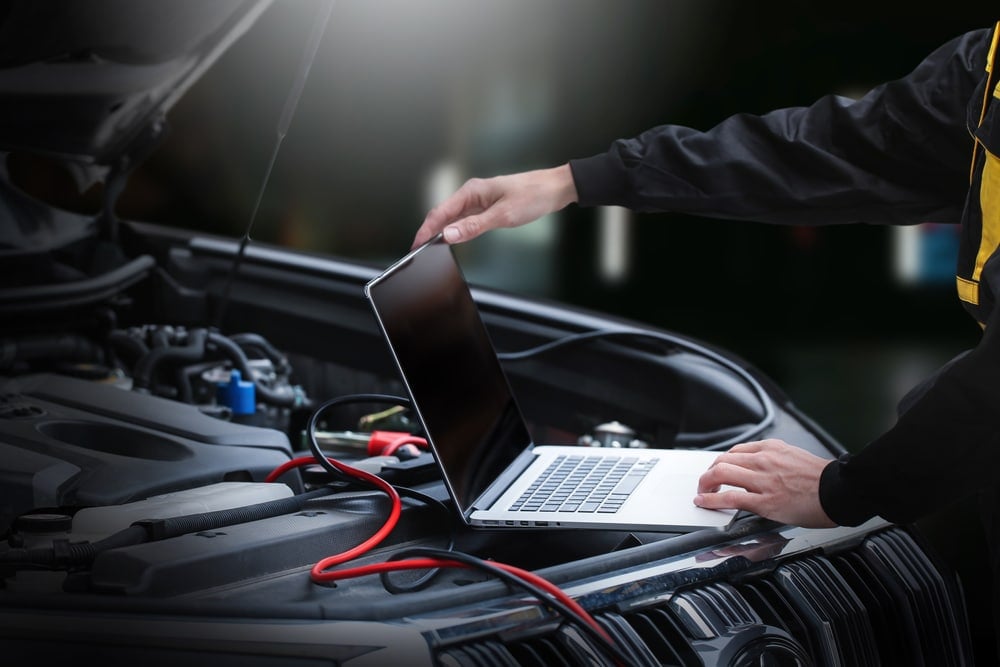
When a fault occurs within the sophisticated car systems, a code gets set in the computer. To alert you, the Check Engine Light comes on the dashboard. With a compatible scanner, you can read these OBD-II trouble codes.
Many codes are generic across multiple manufacturers. However, there are some that are specific to a particular brand. For that reason, it’s best to research the information with our trouble code library. Once you know what’s wrong, you will be able to apply the appropriate fix.
2. Check Fuel Pressure
There are a couple of ways to determine if fuel pressure is low. You can use a fuel pressure gauge to see what’s going on. These connect easily to the fuel rail.
Fuel pressures vary by car. You won’t know what’s normal unless you look at the specifications from your car manufuacturer. You can find this information online or check out the factory service manual to learn more.
If the fuel pressure is low, your next step is to figure out why. It’s probably either the fuel pump, pressure regulator or a clogged fuel filter.
3. Check Immobilizer Symbol On Dashboard
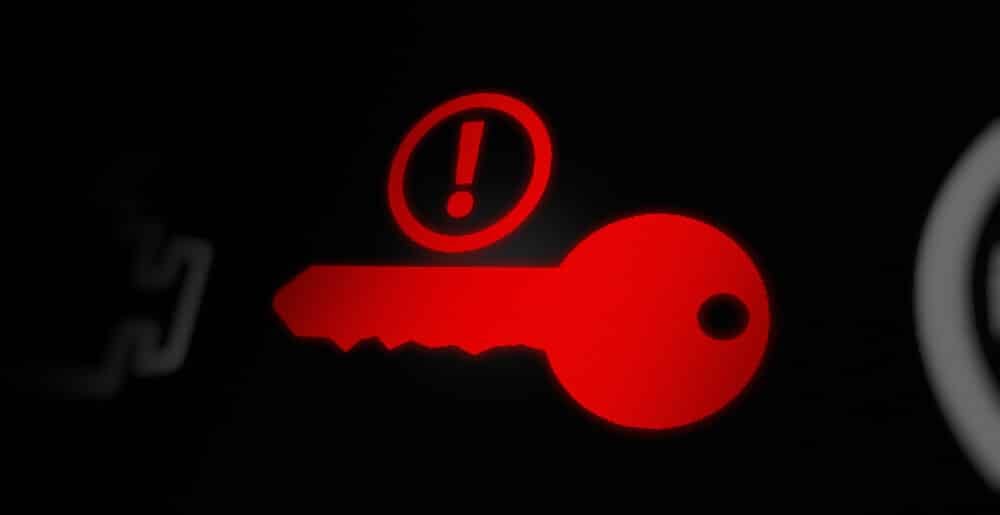
Take a look at your dashboard to see if the anti-theft system is activated. Normally, a key symbol appears, showing that the system is enabled. If you put your key in the lock or ignition, the symbol should turn off automatically because it recognizes that you are the owner with the right key.
If the system stays illuminated, there could be something wrong with the key. You may have to get it replaced at a dealership or through a locksmith.
With aftermarket systems, it’s common to have an issue with the alarm or the wiring. This is even more probable if an inexperienced technician puts the system in.
4. Check for Vacuum Leaks
To start, take a look under the hood and see if anything obvious stands out to you. There could be a torn or disconnected vacuum line that needs to be repaired. If nothing obvious is seen, you have to start diagnostics.
Perform a smoke test where you pump smoke into the intake. The smoke will come out of holes in the system, showing you where the leak is.
RELATED: How To Find And Fix A Vacuum Leak
5. Clean and Reset the Throttle Body or IAC
With a special cleaner, you can remove any contamination from the throttle body and IAC. If that doesn’t work, you need to perform some more advanced diagnostics.
A multimeter helps you test the throttle body and IAC. Check the wiring diagram in your factory service manual to get to the bottom of the problem. You can also follow the reset procedures to see if that resolves the issue.
RELATED: How to Clean a Throttle Body (10 Steps DIY)
6. Contact A Professional
As a last-ditch effort, you may want to take a look at the car battery and ignition system to see if anything else is wrong. However, you may be branching into more advanced territory if you aren’t sure what you are doing.
If anything feels too difficult for you, it’s best to reach out to a professional technician. You don’t want to mess with these sophisticated systems unless you know what you are doing.
Why is my car shaking and then dying?
There could be a lack of fuel or an ignition problem. It’s also possible that you are dealing with a vacuum leak or have just put in low-quality fuel. Otherwise, the throttle body or IAC may be to blame. The only way to figure out what’s wrong is to diagnose the systems.
Why won’t my car stay running without my foot on the gas?
The most obvious answer is that fuel isn’t getting into the system. However, other causes include a vacuum leak, ignition problems or a malfunction with the throttle body. Walk through some diagnostic steps to determine where the problem is coming from before the car breaks down.
Why does my car cut out when I take my foot off the accelerator?
There seems to be a fuel system issue that is causing a lack of pressure. However, ignition problems, vacuum leaks and throttle body malfunctions can cause some similar symptoms as well. With some simple diagnostics, you can figure out what’s wrong so it can be repaired.
What are the signs of a clogged fuel filter?
The car may be hard to start because fuel can’t get to the engine. While the car is running, it could misfire or have a rough idle. It’s also possible that the car will stall, leaving you in a dangerous situation. Additionally, you could hear strange noises coming from the fuel pump, especially if contaminants are in the system.
Why does my car only start when I give it gas?
There’s something wrong with the air-fuel balance in the engine or it’s not igniting properly. There needs to be a perfectly balanced amount of air and fuel, plus it must be ignited at just the right time. The advanced systems in the car handle these tasks until something malfunctions and breaks.
When the car doesn’t stay running, it’s a scary situation. Even as professionals, this situation is enough to cause alarm for us. However, you don’t want to panic when trouble starts. Instead, you want to take decisive actions and carefully get off the road into a safe location.
You can walk through our guide to figure out what’s causing the problem and get back on the road without any more issues. If the situation seems too complicated for what you are used to, please reach out to a professional for more support.
Categories: Troubleshooting
